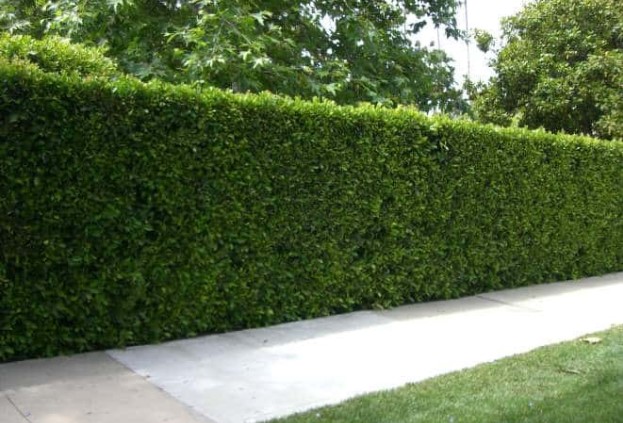A vibrant hedge can instantly elevate your garden’s appearance, but when your lush green plants begin to fade into yellow, it’s often a sign that something isn’t quite right. Among popular hedging choices, the Wax Leaf Privet stands out for its glossy foliage and resilience, yet it too can suffer from discoloration when underlying conditions go unnoticed. Yellowing leaves are more than just a cosmetic concern; they can signal stress or imbalance within the plant’s system. To maintain healthy growth and restore your plant’s vitality, let’s explore the most common causes of yellowing and how to fix them effectively.
Understanding the Causes of Yellowing in Wax Leaf Privet
One of the primary reasons your Wax Leaf Privet may develop yellow leaves is improper watering. Both overwatering and underwatering can disrupt nutrient absorption, leading to visible signs of stress. Excess moisture can suffocate roots, while drought conditions can cause dehydration and chlorosis, the yellowing of foliage. Soil quality plays an equally important role. If the soil lacks essential nutrients like nitrogen or iron, the plant cannot sustain its signature glossy green leaves. Additionally, compacted or poorly draining soil prevents oxygen flow, compounding the discoloration problem.
The Role of Sunlight and Temperature Stress
Environmental factors greatly influence the health of a plant. While this hardy shrub can tolerate varying conditions, prolonged exposure to extreme temperatures can lead to yellowing. Too much direct sunlight can scorch the leaves, while insufficient light can slow photosynthesis, both resulting in a dull, unhealthy appearance. Sudden temperature fluctuations—such as unexpected frost or heatwaves—also strain the plant’s metabolism.
Nutrient Deficiencies and Soil Imbalances
When your Wax Leaf Privet shows consistent yellowing across multiple leaves, nutrient deficiency is often the culprit. A lack of nitrogen results in uniform yellowing, while iron deficiency causes pale veins with greener edges, a condition known as iron chlorosis. Testing your soil can help identify which nutrients are missing. Incorporate a balanced slow-release fertilizer formulated for evergreen shrubs to replenish essential minerals. Improving soil aeration through compost or organic matter not only enhances nutrient retention but also strengthens the root system, ensuring long-term health and color restoration.
Pests and Diseases That Cause Yellowing
Pest infestations are another major cause of leaf discoloration. Aphids, whiteflies, and spider mites commonly target the Wax Leaf Privet, feeding on sap and weakening its cellular structure. This results in stippled, yellowed, or curled leaves. Fungal diseases such as root rot and leaf spot can also emerge when humidity levels are high or drainage is poor. Regular inspection of both sides of the leaves and the base of the plant helps detect early signs of infestation.
Effective Solutions to Restore Healthy Green Foliage
To fix yellowing in your Wax Leaf Privet, start with consistent watering, deep but infrequent, to keep the soil evenly moist without waterlogging. Prune damaged or infected leaves to encourage new growth and improve air circulation. Apply a nitrogen-rich fertilizer in spring and mid-summer to promote vibrant foliage. If pests are an issue, address them immediately with organic treatments. Additionally, mulching around the plant base helps retain moisture and protect roots from extreme weather conditions. With proper care and balanced nutrients, the plant can regain its glossy green sheen and maintain robust growth year-round.
Conclusion
Maintaining a thriving hedge requires attention to both environmental and biological factors. The yellowing of your Wax Leaf Privet serves as a clear indicator that the plant’s growing conditions need adjustment. By improving soil quality, managing watering schedules, and addressing pest or nutrient concerns early, you can ensure the long-term vitality of your garden’s centerpiece. If you’re looking to expand your landscape with resilient, visually stunning options, consider incorporating the fastest-growing trees that complement your existing hedges while enhancing overall garden appeal.

